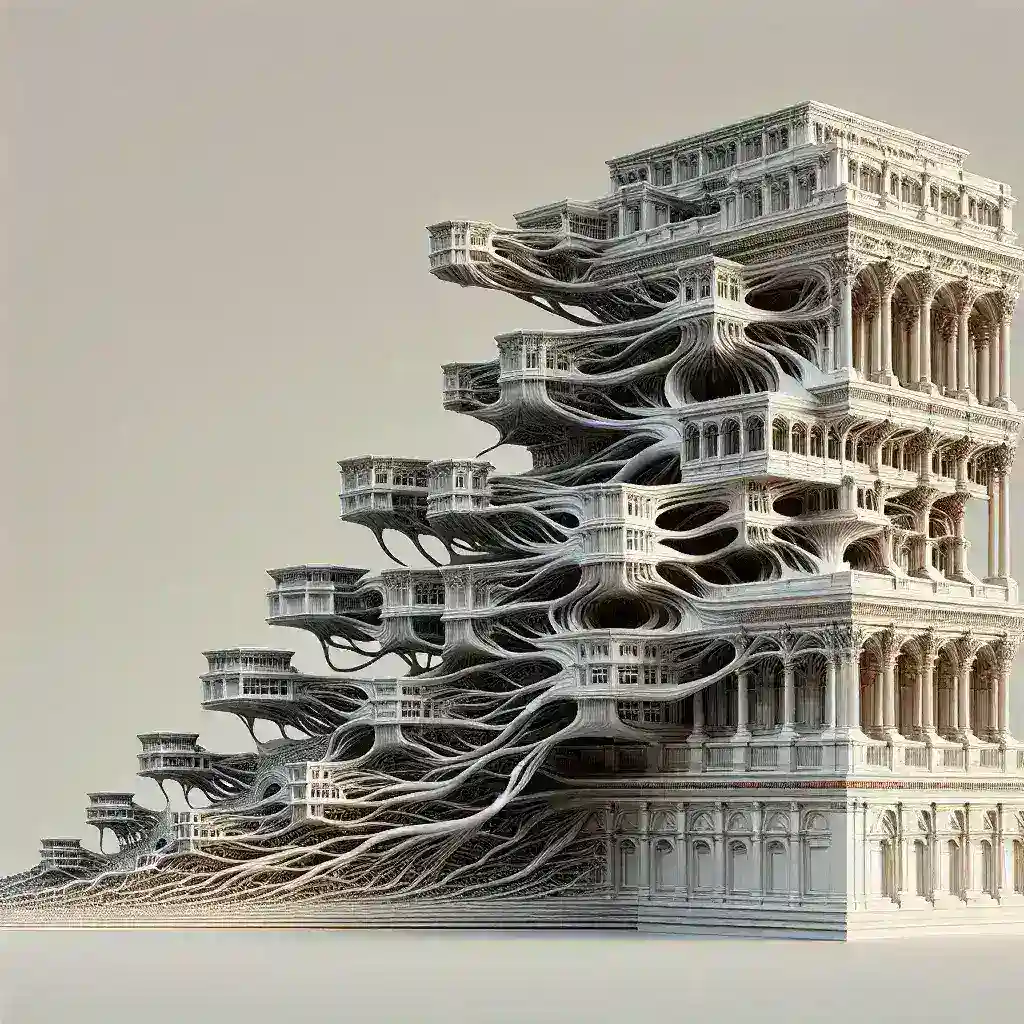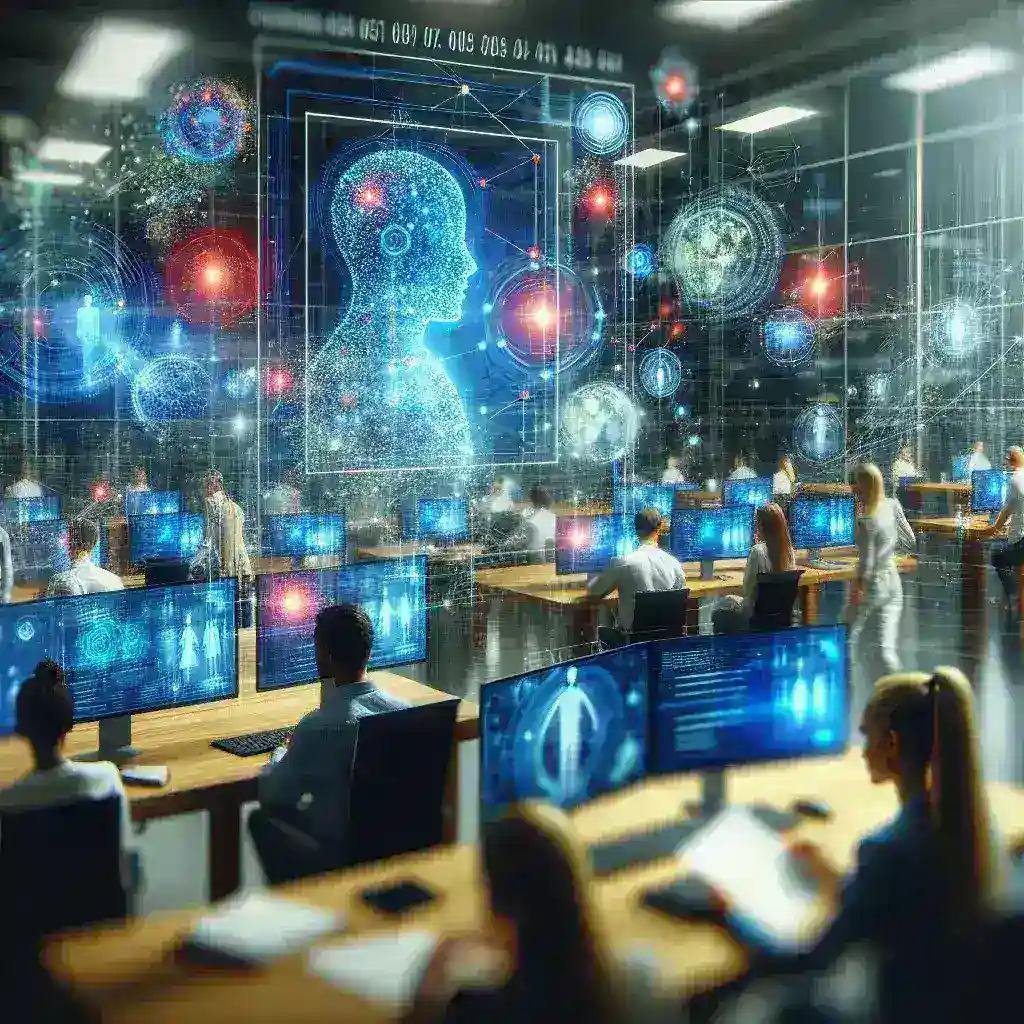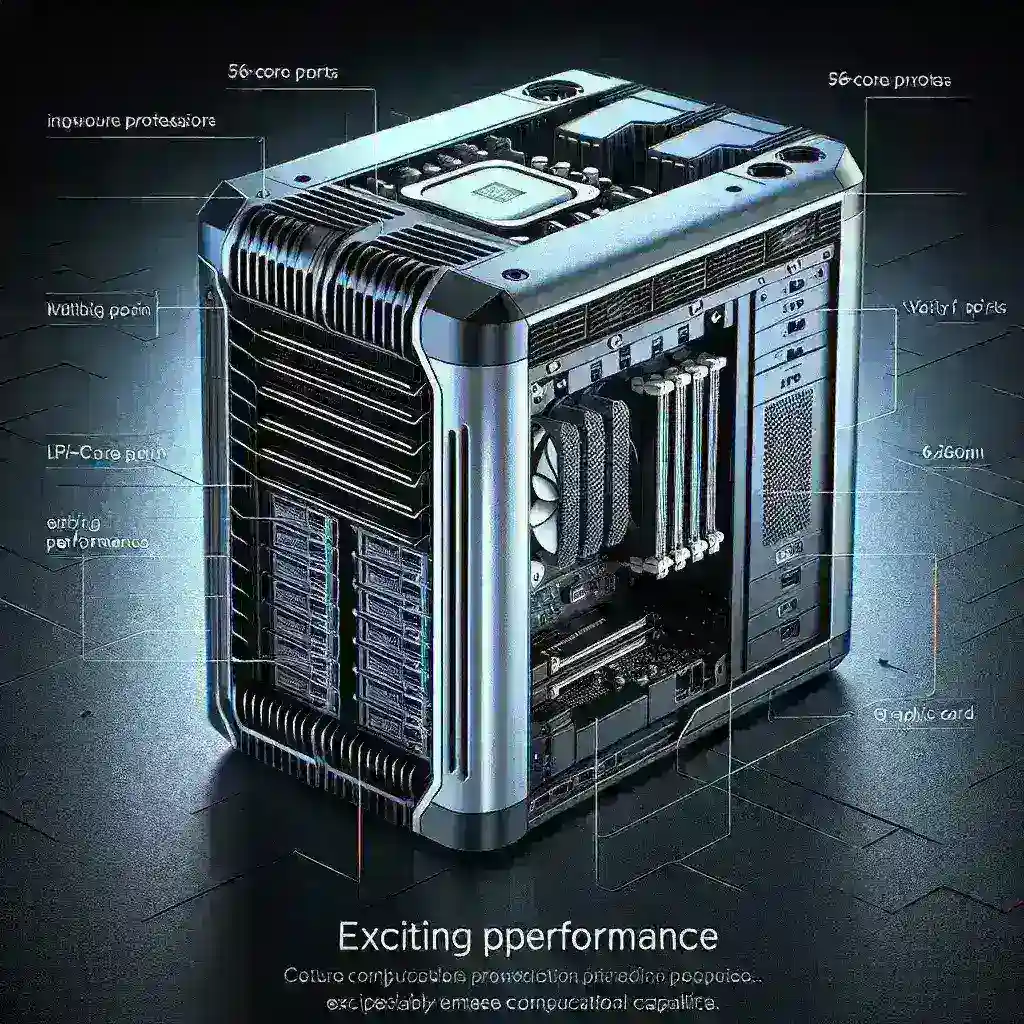Introduction
In recent years, the advancement of neural rendering techniques has transformed the landscape of computer graphics, allowing for unprecedented realism and efficiency in visual content creation. This article delves into the impact of Blackwell architecture on these innovative rendering techniques, shedding light on how its principles and structures have paved the way for enhanced computational capabilities.
Understanding Blackwell Architecture
Before exploring its impact, it’s essential to grasp what Blackwell architecture entails. Developed by renowned computer scientist David Blackwell, this architecture focuses on the integration of probabilistic reasoning and statistical methods into computational models. The key components of this architecture include:
- Modularity: Facilitating complex computations through independent modules.
- Scalability: Allowing for adaptability in processing power based on computational needs.
- Probabilistic Modeling: Utilizing statistical models to enhance decision-making processes in rendering.
The Foundations of Neural Rendering Techniques
Neural rendering combines traditional rendering methods with deep learning algorithms, resulting in more realistic images and animations. By leveraging neural networks, these techniques can generate images from mere sketches or transform existing images into different styles, creating a bridge between art and technology.
Blackwell Architecture’s Influence on Neural Rendering
The integration of Blackwell architecture has significantly influenced the development of neural rendering techniques in various ways:
1. Enhanced Computational Efficiency
One of the standout contributions of Blackwell architecture is its emphasis on modularity and scalability. By breaking down complex rendering tasks into manageable modules, neural rendering systems can improve processing efficiency. This means faster rendering times without compromising quality, a critical factor in industries such as gaming and film production.
2. Improved Realism through Probabilistic Models
Blackwell’s approach to probabilistic modeling has allowed neural rendering techniques to better simulate real-world lighting and environmental effects. By employing statistical methods, these systems can predict how light interacts with surfaces, resulting in images that mimic reality more closely than ever. For instance, in film production, directors can achieve lifelike visuals that enhance storytelling.
3. Artistic Expression and Style Transfer
Blackwell architecture has also fostered advancements in artistic rendering, enabling artists and designers to implement style transfer techniques more effectively. By utilizing deep learning, artists can apply the style of one image to the content of another, creating unique artwork that blends different artistic influences seamlessly.
Case Studies: Real-World Applications
To further illustrate the impact of Blackwell architecture on neural rendering, let’s explore a few real-world applications:
1. Video Games
In the gaming industry, developers are increasingly adopting neural rendering techniques influenced by Blackwell architecture to create immersive environments. For example, games like Cyberpunk 2077 use advanced rendering techniques to create expansive worlds that respond dynamically to player actions.
2. Film and Animation
In animation, studios such as Pixar have embraced neural rendering to expedite production processes. By integrating probabilistic modeling, these studios produce intricate scenes with realistic textures and lighting, reducing the time spent on manual rendering.
3. Virtual Reality (VR)
VR applications have also benefited from Blackwell architecture, as realistic rendering enhances user experience. By simulating real-world physics and lighting conditions, users can engage more fully with virtual environments, whether for gaming, education, or therapy.
Future Predictions and Developments
As technology continues to evolve, the influence of Blackwell architecture on neural rendering techniques is expected to grow:
- Integration with AI: Future rendering techniques may see deeper integration with artificial intelligence, leading to even more sophisticated models that can learn and adapt over time.
- Real-time Rendering: The demand for real-time rendering will likely drive advancements, making it possible to render complex scenes instantly, which is crucial for interactive applications.
- Cross-disciplinary Innovations: Collaborations between computer scientists, artists, and designers will likely yield new techniques that blend creativity with technical prowess.
Conclusion
The impact of Blackwell architecture on neural rendering techniques is both profound and far-reaching. By enhancing computational efficiency, improving realism, and enabling greater artistic expression, this architectural framework has significantly shaped the future of visual content creation. As advancements continue, we can anticipate even more exciting developments in the fields of computer graphics and neural rendering, driven by the principles established by Blackwell and others in the field.
Final Thoughts
Ultimately, the intersection of Blackwell architecture and neural rendering techniques offers endless possibilities. For professionals and enthusiasts alike, staying informed about these developments is crucial to harnessing the full potential of technology in artistic and commercial endeavors.






Leave a Reply